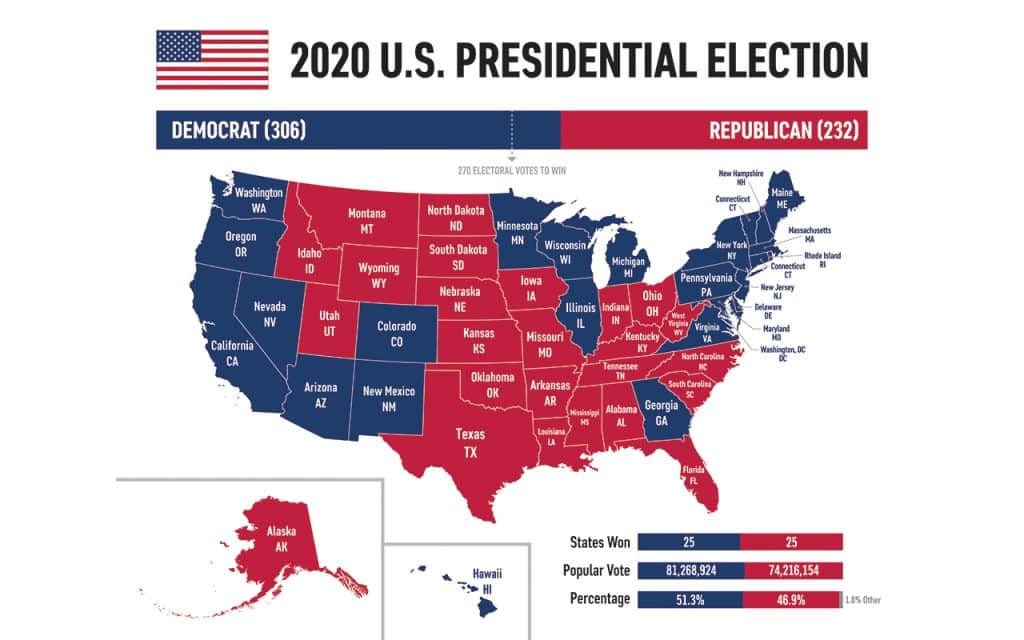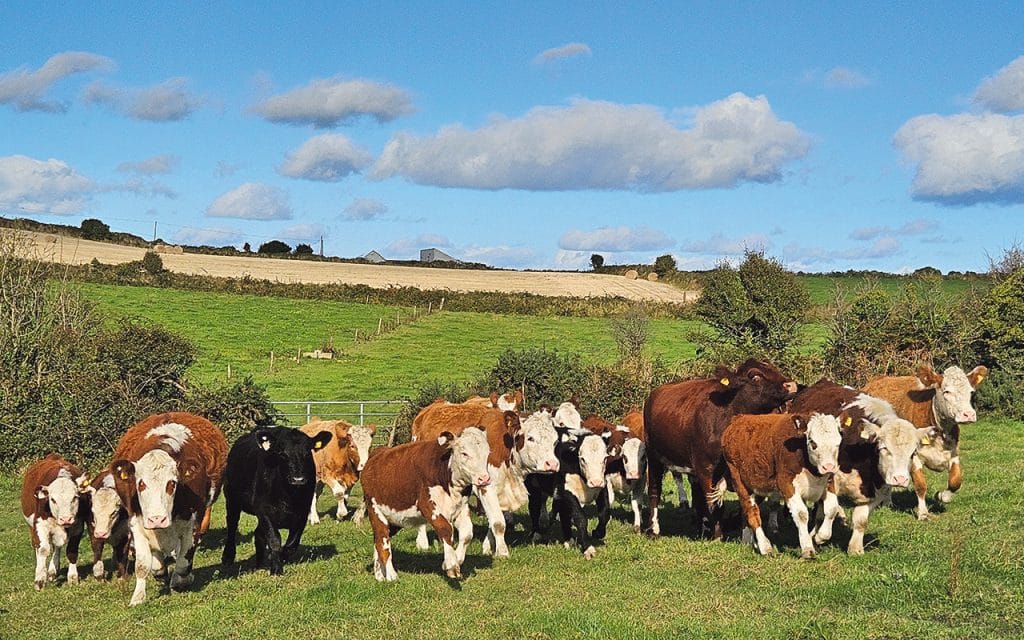
One of the most fascinating insights I ever got from American politicians was watching a documentary about Trump’s first run for the White House. One of the many ordinary voices interviewed was a humble blue collar worker from Detroit. Detroit used to be called ‘Motor City’ but years of under-investment and cheaper foreign manufacturing has hollowed out the very soul of the region. When asked about who he would vote for, the worker replied ‘Trump’, adding, ‘Trump promised to bring the good old days back. I know he’s lying but I have to find hope somewhere.’ Trump made similar promises in Ohio, declaring, ‘Manufacturing jobs are all coming back, don’t move don’t sell your house’. Nothing changed. Another voter claimed he was voting for Trump because ‘he’ll let us keep our guns and our bible’. These voters represent the reason that Trump can lie, exaggerate, insult and be a convicted sexual predator yet still run for president – he offers his fan base what they want. A leader who appeals to an America that many want back – white and male-dominated, an invincible economy, respected on the world stage. Republicans additionally appeal to the super wealthy because of their taxing (or lack of) systems and seem to have a greater connection with army veterans and their families. Loath them or love them, it’s a very clever political machine that manages to convince the ultra-rich and marginalised poor, that both are represented.
The Democrats lean towards the left, but you’d be slow to find a democratic politician, aside from the outspoken Bernie Sanders, who uses that term too lightly. Socialism is often a dirty word in America and anything that smacks of it is often relabelled as ‘communism’ by republican media and their politicians. Trump only recently denounced the Harris/Waltz ticket as communist and their policies as communism. Like any party on the left of centre, Democrats are frequently mislabelled as less business friendly, heavy on tax and more interested in social welfare projects. There is nothing inherently wrong with a party representing contrasting principles and it’s how democracy works: Here are your choices – now you choose. End of.
I think we can all agree that the Trump era has marked the dawn of candidates acting with impunity and no longer bothered by the lack of a moral compass. But 21st century American politics is essentially no different than what it always has been about: That choosing a party is all about values; religious, ethical, and racial, more than it is about what’s best for the progression of your society and country. History bears this out, as I will demonstrate later in the article.
But first let’s answer the question, who are the red state, blue state and the swing states? Most people will immediately identify the red states as Republican and blue as Democrat. This was not always so. In fact blue traditionally had been associated with the Republican Party, and was also synonymous with other conservative parties in European politics. There were also connections with the blue, as it was the colour of the Union, led by Lincoln and his Republican Party. Labour movements were usually associated with a red banner and a throwback to worker’s movements and Soviets that developed after WW1. Once colour television became popular and widespread in the 1970s, coloured maps would oftentimes use these two colours, but in its infancy didn’t have a uniform system of identification. With so many news networks available, this confusion persisted. It wasn’t until the 2000 election that the television networks uniformly began identifying Republican majority states as red, and Democrat ones as blue.
To win the presidential election, a presidential candidate must secure 270 electoral college votes to win, from 538. The electoral college votes that a state gets depends on the size of their population, so California, America’s most populous state gets 54, whereas Wyoming (despite its physical size) has the smallest population, so gets three votes. Therefore a candidate can win the electoral votes, and not necessarily win the popular vote, based on this system. This has happened five times in the history of the US, the most recent when George Bush Jr won, despite his opponent Al Gore getting half a million more of the popular vote. In Ireland we don’t vote for the equivalent of our political leader, the Taoiseach (accepting the OUR president is a ceremonial role in the main). He or she is elected by the politicians, who we choose, inside the Dáil chamber. When the founding fathers set up the US constitution, they also debated whether to let the people or congress (like we do in our Dáil) choose their leader. They compromised, creating the ‘electoral college system’, fearing that people did not have the capacity to make informed decisions on why and who they are voting for, yet not allowing congressmen to have such influence either. It was a type of compromise that is clearly flawed in modern times.
In 2020, it was close on all counts, but from purely a geographical state point of view, it was a 50:50 split in choosing Biden or Trump (of course, keeping in mind what I said about different states having different electoral candidates’ numbers).
Not since 1932, when FD Roosevelt, swept to power for his progressive policies that aimed to drag America out of the Great Depression and mass unemployment, has the Midwest, bible belt and deep south all voted democrat. (FDR repeated the trick in 1936). Since then the Republicans began eroding democratic support and by 1968, mid America, from North Dakota to Texas has turned red and has never looked back. This change from blue to red was also tied up in a shift in the political dial of the southern Democrats. Up to the 1960s, the southern Democrats were a party of conservatives, white, racial, voters. Remember, Lincoln and the Republican Party had emancipated the slaves and fought the ‘southern’ confederacy, so for decades the republicans were a pariah in those parts. Under JF Kennedy and LB Johnson’s tenure, those democratic presidents tried to tackle the appalling segregation and discrimination by introducing in civil rights bills and acts. Indeed it is often said, that LB Johnson ‘lost the south for the Democrats’ when he signed off on the civil rights act of 1964. Into that space stepped the Republicans who since then, have occupied this ground.
And so, to the swing states, the ones that will decide the election. They make up a fine balance of Republican, Democrat and nonaligned voters. The following states were all won by small margins so anything can happen. Georgia has the largest portion of Afro Americans proportionately (originating from high density slave ownership). Trump’s comments about Harris ‘happening to turn black’ will add fuel to that turbo-charged fire. Nevada, with the highest unemployment rate in the country, might be drawn to the Trump rhetoric, ‘make America great again’. But the large number of Latino inhabitants, also are aware of his racial slurs made against their ancestral home places. North Carolina is called a swing state, but it would need a big shift. Trump won by 74,000 votes last time out. Wisconsin, a northern state had been a popular region for independent candidate Robert F. Kennedy Jnr. He has dropped out and endorsed Trump. It could be key for him. Arizona, with such a massive land border with Mexico, could play into the hands of Trump’s emigration policies but the republicans in the state tried to blocked abortion access, which could turn many over to the Harris camp instead. Pennsylvania is always a key player. It’s big on economy and plays less into tribal or emotional persuasion. The state of the economy now and in the future is a big indicator of how it will move. Perhaps the most important state is Michigan since it ‘picked’ the winning candidate on the last two occasions. What is key here, is the huge 100,000 Arab American population in this region. Under Biden and the Democrats, the USA has increased military spending to Israel and let Netanyahu and the IDF murder with impunity. But would a Trump regime be better or worse for their Arab brothers and sisters in the Middle East? Sadly, as Israel has begun a new bloody and murderous campaign in Lebanon, Arab Americans probably feel Harris will be unable to deliver, as long as America remains a firm ally of Israel. For what it’s worth, I think we are only fooling ourselves if we have a red or blue America. Whoever is in charge, mark my words – America will bomb, destabilise and support anybody and any country, as long as it’s in their own selfish interests.



